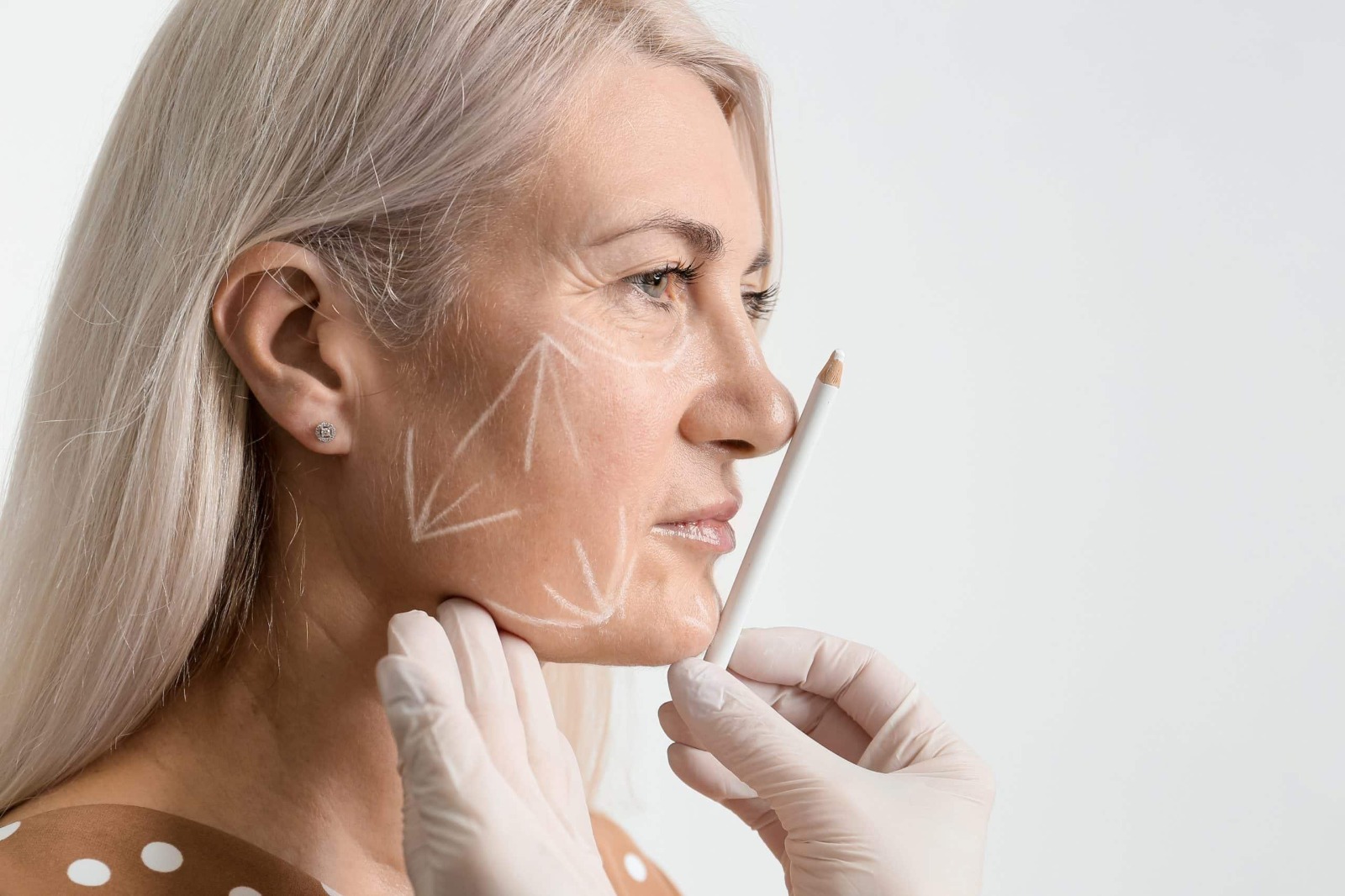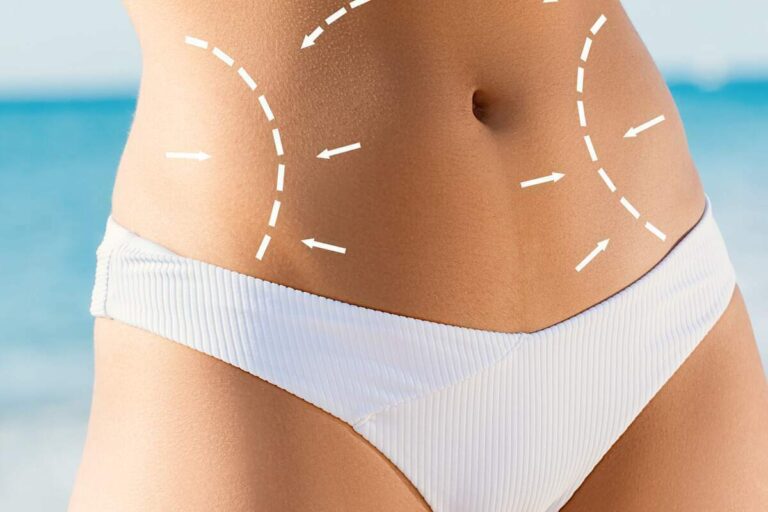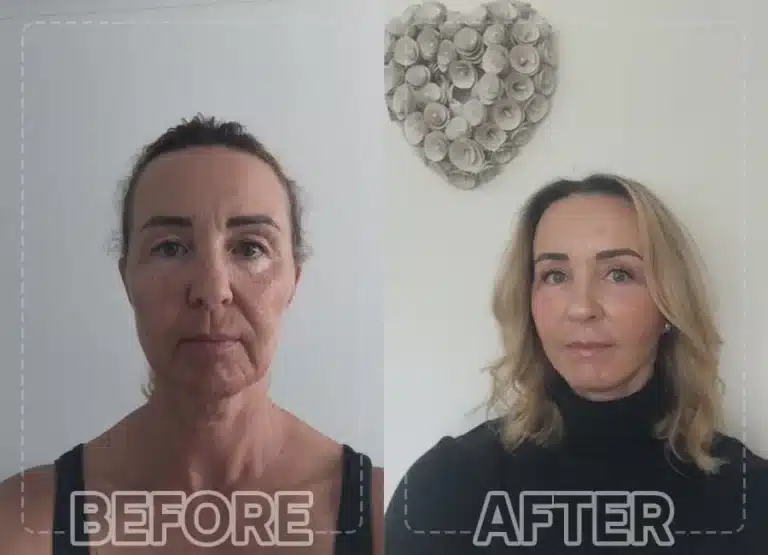Facelift in Turkey

Facelift, medically known as a rhytidectomy, is a surgical procedure designed to reduce the appearance of facial wrinkles, sagging, and other telltale signs of aging. The goal is to improve the overall appearance of the face and jaw. There are various techniques and approaches to facelifts, and the best method depends on the patient’s anatomy, desired outcomes, and other factors.
treatment
overview
Operation Time
2–4 hours
Recovery Duration
2–4 weeks
Hospital Staying
1–2 Nights
Anaesthesia
Type
General
The cost of a facelift in Turkey is significantly lower than in other countries like the United States or the United Kingdom. This is one of the main reasons why many people from these countries choose to have their facelift surgery in Turkey. However, it is important to note that the lower cost does not mean that the quality of care is compromised. Turkish clinics offer high-quality facelift surgery performed by skilled and experienced surgeons. Therefore, if you are looking for a good facelift surgery at a reasonable price, Turkey is an excellent option.
Table of Contents
Who is a Good Candidate for Facelift Surgery?

- People who want to improve the appearance of their face.
- People who are concerned about the aging of their skin.
- People who want to reduce the appearance of wrinkles and sagging skin.
- People who are looking for a way to tighten their skin after weight loss.
TYPES OF FACELIFT
SMAS Facelift
Target Area: The SMAS layer, which is a layer of tissue located beneath the skin and extends from the neck to the forehead. It encompasses connective tissue and muscles responsible for facial expressions.
Technique: The surgeon will tighten and/or reposition the SMAS layer separately from the skin. This results in a lift that looks natural and reduces tension on the skin, leading to longer-lasting results and less visible scarring.
Results: It provides a comprehensive lift to the mid and lower face, effectively addressing sagging cheeks, jowls, and the neck area.
Recovery: Since it's a more invasive procedure, the recovery period may be a bit longer than some other techniques, usually around 2-3 weeks for most of the swelling and bruising to subside.


Deep Plane
Facelift
Technique: During the procedure, the surgeon releases and repositions the whole facial unit, including the skin, SMAS, and deeper structures in one composite flap. The deep plane lift is more extensive than the SMAS lift.
Results: Ideal for those with severe facial sagging, this technique allows for a more comprehensive rejuvenation and can also improve the nasolabial folds (the "smile lines" that run from the nose to the corners of the mouth).
Recovery: As one of the most comprehensive facelifts, it has a longer recovery time due to the extent of tissue manipulation.

mini Facelift
Target Area: Primarily the mid-face, though it can be adjusted to target specific areas of concern.
Technique: This is a less invasive procedure than the SMAS or deep plane facelifts. It involves smaller incisions, usually around the hairline and ear. Through these incisions, the surgeon tightens tissues and removes excess skin.
Results: The mini facelift addresses early signs of aging, like minor sagging or skin laxity, especially around the cheeks and jawline. It doesn't provide as dramatic results as the other two techniques but is suitable for those looking for a subtler improvement or those who wish to stave off more significant signs of aging for a few more years.
Recovery: Since it's less invasive, the recovery time is generally shorter than the other methods, often around 1-2 weeks.



